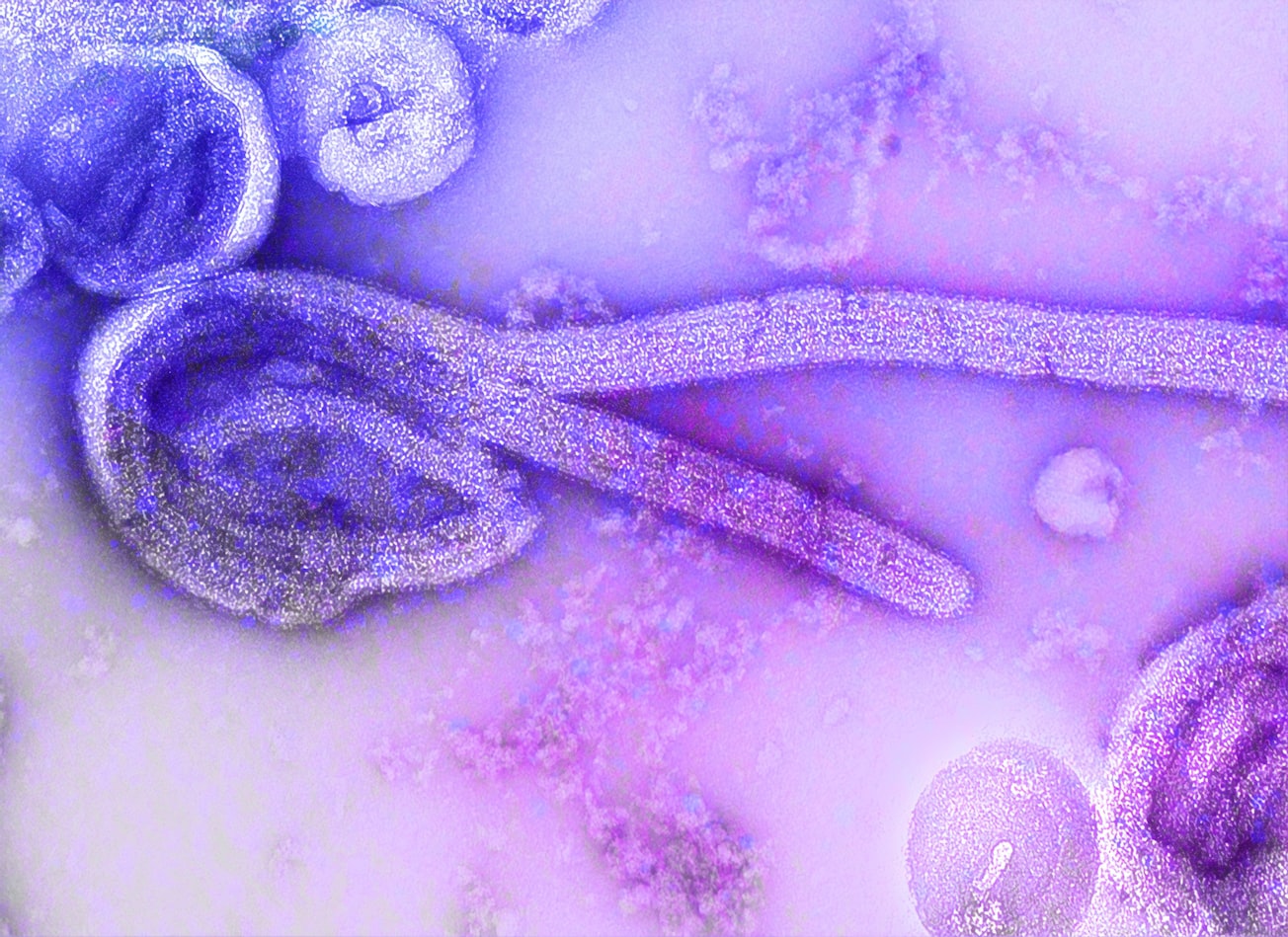What is it about?
Since it was first discovered in 1976, scientists have searched for the elusive reservoir of Ebolavirus in the wild. In the last four decades samples have been collected for over 400 species and 10000 individuals of African mammals, yet it remains unclear which species may be the reservoir triggering outbreaks in human populations. We used machine learning to create models predicting which species and what types of species tend to both be infected and tolerate the infection, and thus are likely to be natural reservoirs of the virus. We gathered data on species that test positive for infection and species that die from infection. After predicting which species biological and ecological traits predict infection and mortality, we forecast reservoir status for all African mammals. We find that primates are susceptible to infection, but rarely survive long enough to pass the infection on to another host such as humans. Fruit bats, on the other hand, are likely to be infected but also tend to tolerate infections well, which makes them a better candidate to serve as a primary viral reservoir in the wild. We also compared and contrasted models based on morphological and ecological traits to a model based on variation in a gene that codes for a cholesterol-binding protein. This protein, NPC1, plays a major role in allowing the virus to bind to and infect host cells in lab studies. For African bats we found that models based on variation in this protein were able to predict which bats have shown evidence of Ebolavirus infection in field studies with amazing accuracy. The model was 100% accurate for bat species for which NPC1 sequences were available. Our results indicate that the susceptibility of other bat species across the globe could potentially be predicted with high accuracy just by sequencing a relatively small region of the NPC1 gene. Overall, our study indicates that the best reservoirs of Ebolavirus are bats, particularly fruit bats that carry the infection but survive infection long enough to spread the virus widely. Fruit-eating mammals in general, including both primates and fruit bats, tend to get infected with the virus in the wild. This suggests that animals gathering around fruiting trees may be key events promoting transmission between species. Gathering additional NPC1 sequences may also help in identifying other species that are potential reservoirs of ebolaviruses. Our study helps identify what types of animals are carriers of deadly ebolaviruses in Sub-Saharan Africa.
Featured Image

Photo by CDC on Unsplash
Why is it important?
We provide a comprehensive list of animals that are likely to be reservoirs of Ebolavirus in the wild. This is important because we do not yet know which species and how many are allowing the virus to circulate in the wild. We also test and find that particular NPC1 protein sequences are important in predicting which bat species are reservoirs of ebolaviruses. Sequencing NPC1 proteins may provide us with an easier method of narrowing down the list of bat reservoirs. Identifying the animal reservoirs can ultimately help mitigate future outbreaks of this deadly pathogen in Sub-Saharan Africa.
Perspectives
This article combines several unique datasets to ask what is an Ebolavirus reservoir. Thus far, lots of time, money and resources have been invested into looking for this elusive natural reservoir. We hope the quantitative methods used in this study inspire interesting and alternative ways of mining data to explore what is a reservoir without having to directly go out in the field and catch the reservoir. Collecting such unique datasets and gathering meaning from them with models is a particular passion of my team of collaborators. This study was possible in large part because of the support of my mentor who always encourages me to pursue my instincts and interests regardless of the outcome.
Mekala Sundaram
Oklahoma State University Stillwater
Read the Original
This page is a summary of: Traits, phylogeny and host cell receptors predict Ebolavirus host status among African mammals, PLoS Neglected Tropical Diseases, December 2022, PLOS,
DOI: 10.1371/journal.pntd.0010993.
You can read the full text:
Contributors
The following have contributed to this page










